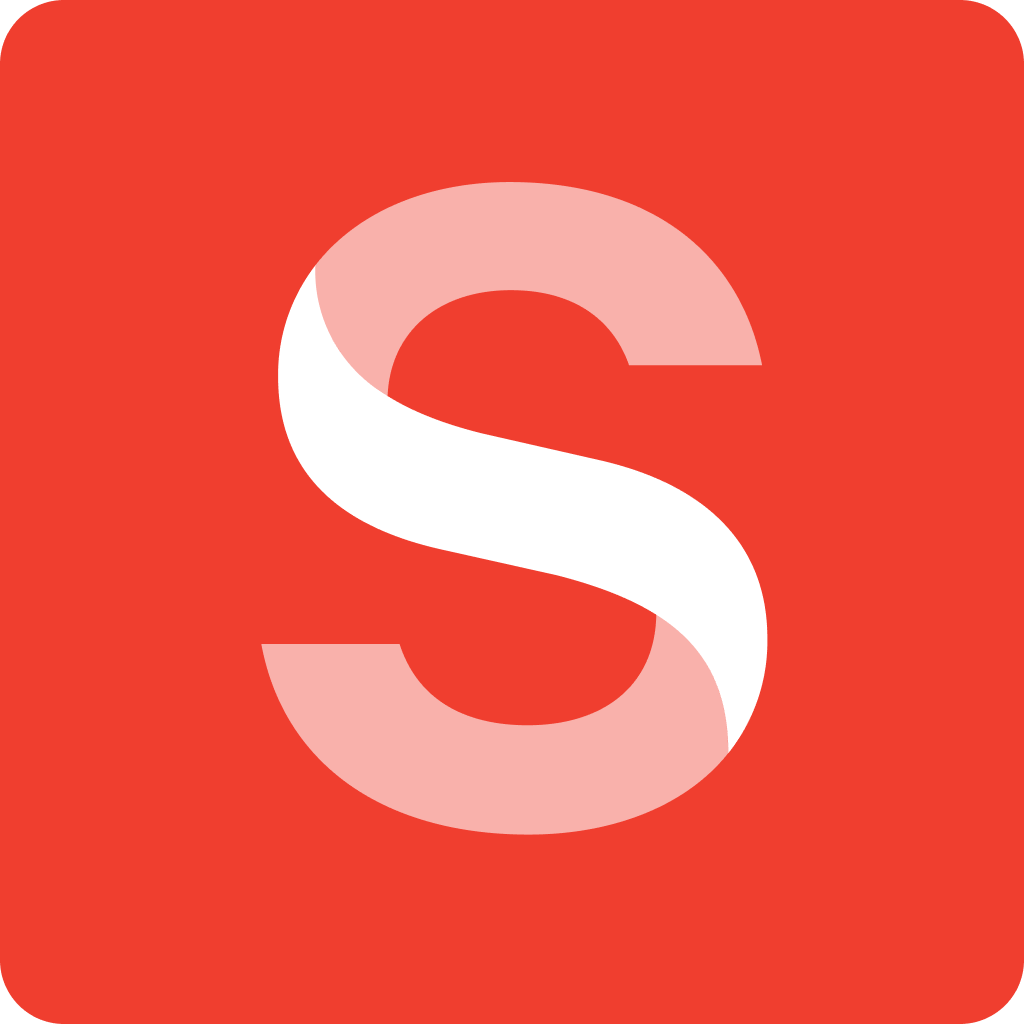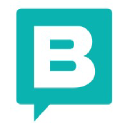

Storyblok Reviews & Product Details
Storyblok is the world's pioneer headless CMS that works for both developers & business users. Built on the premise that traditional CMS makes it difficult to repurpose content for different platforms, Storyblok offers a unique fusion of visual editing tools and highly tailored content blocks built on top of its headless architecture that provides exceptional flexibility and speed for developers.

| Capabilities |
|
|---|---|
| Segment |
|
| Deployment | Cloud / SaaS / Web-Based |
| Support | 24/7 (Live rep), Chat, Email/Help Desk, FAQs/Forum, Knowledge Base, Phone Support |
| Training | Documentation |
| Languages | English |

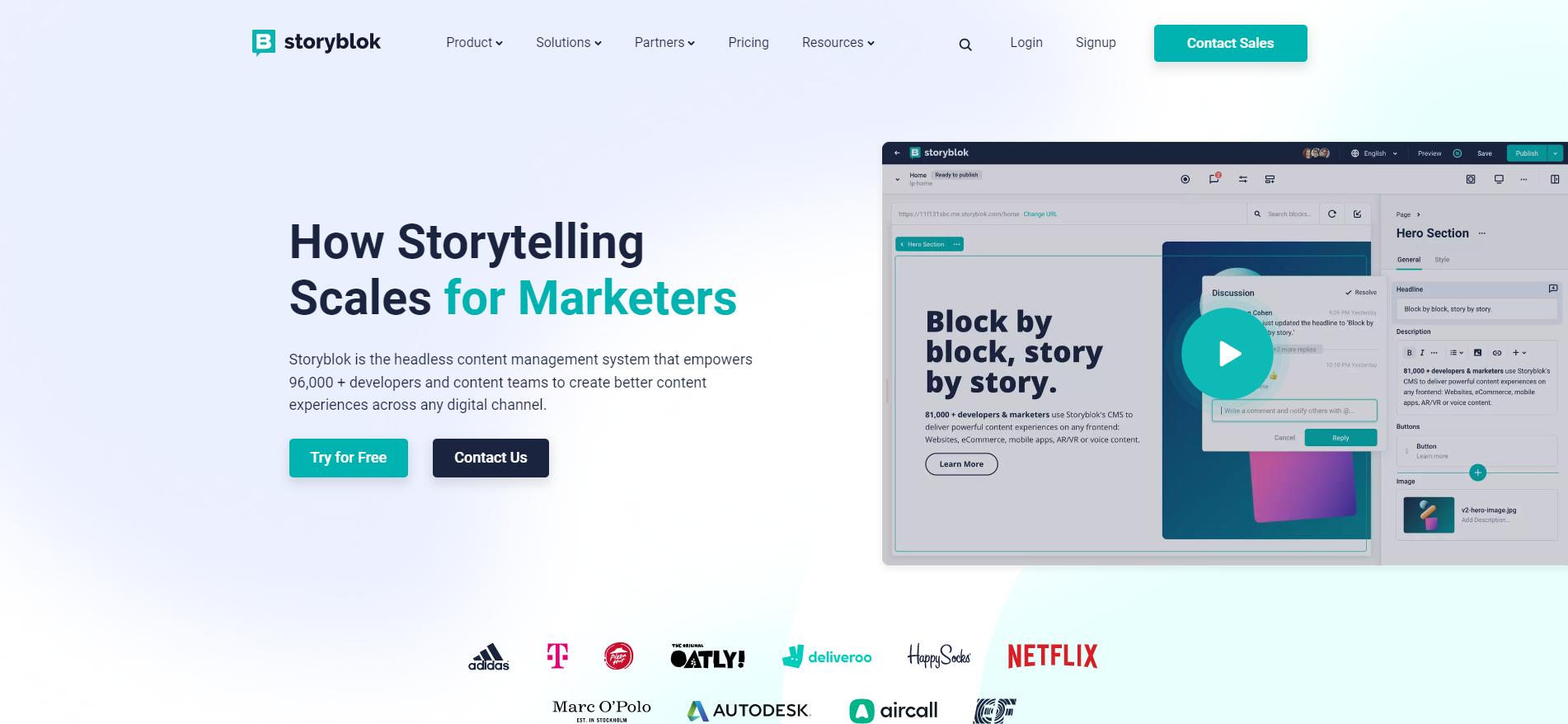
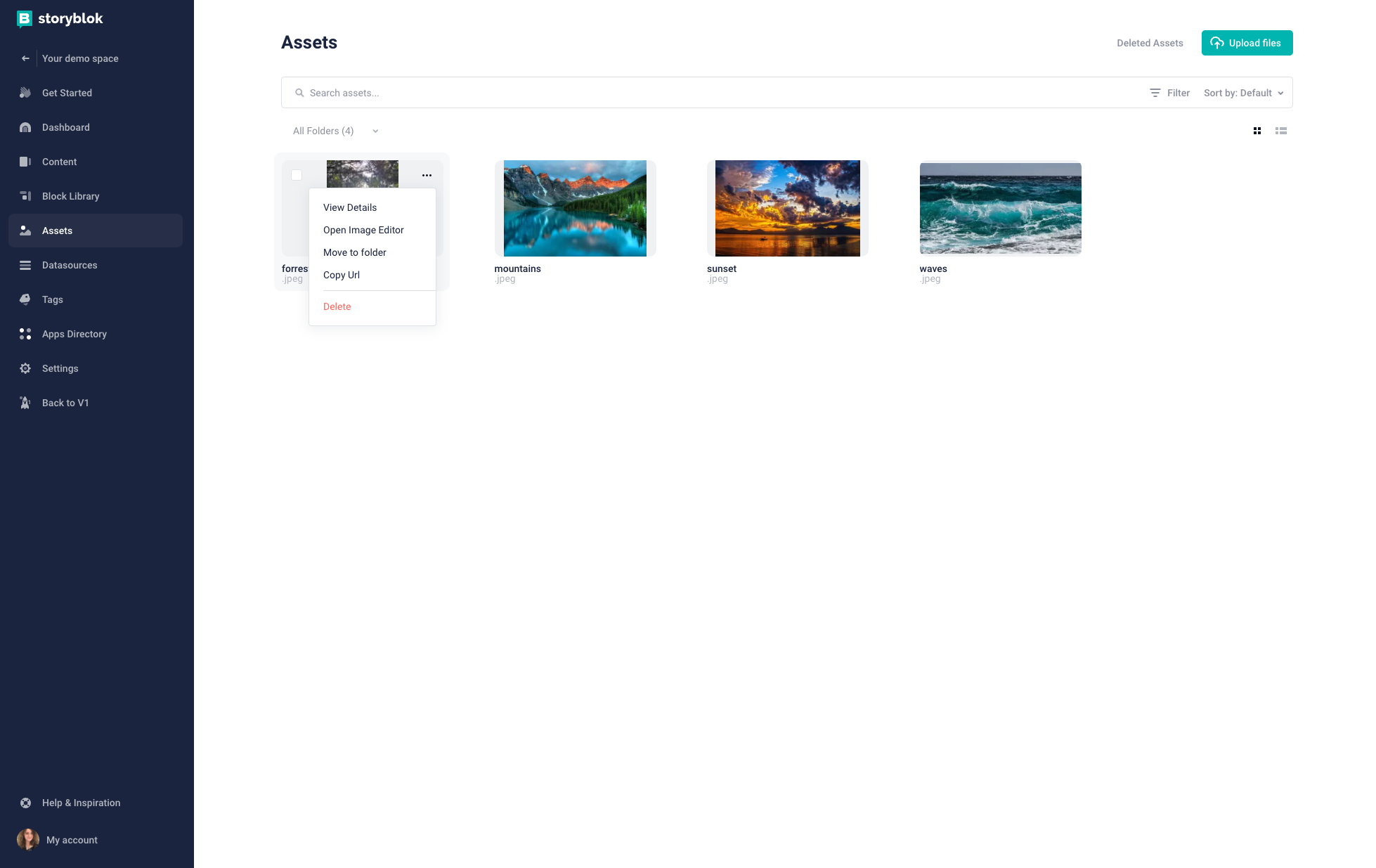
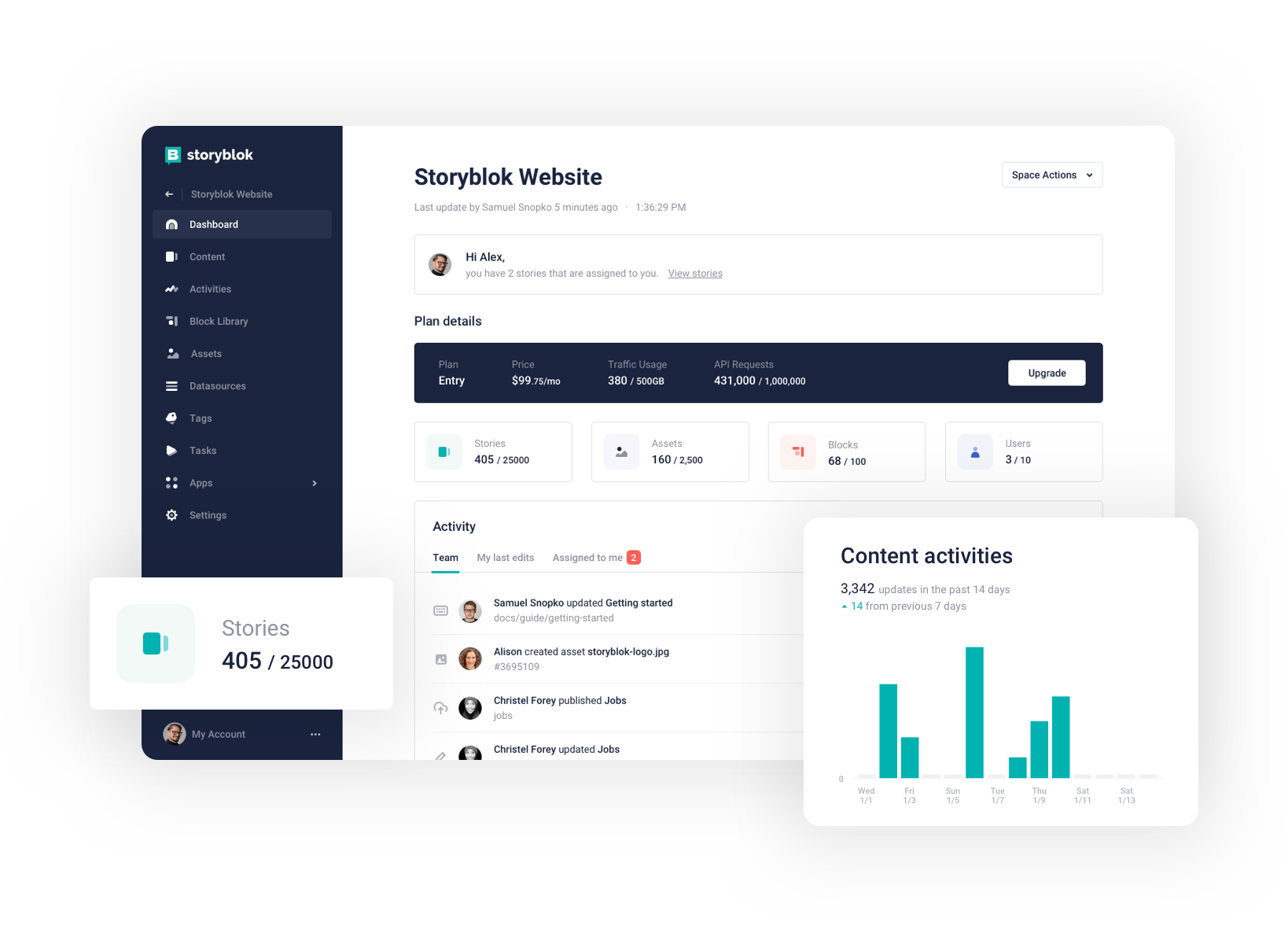
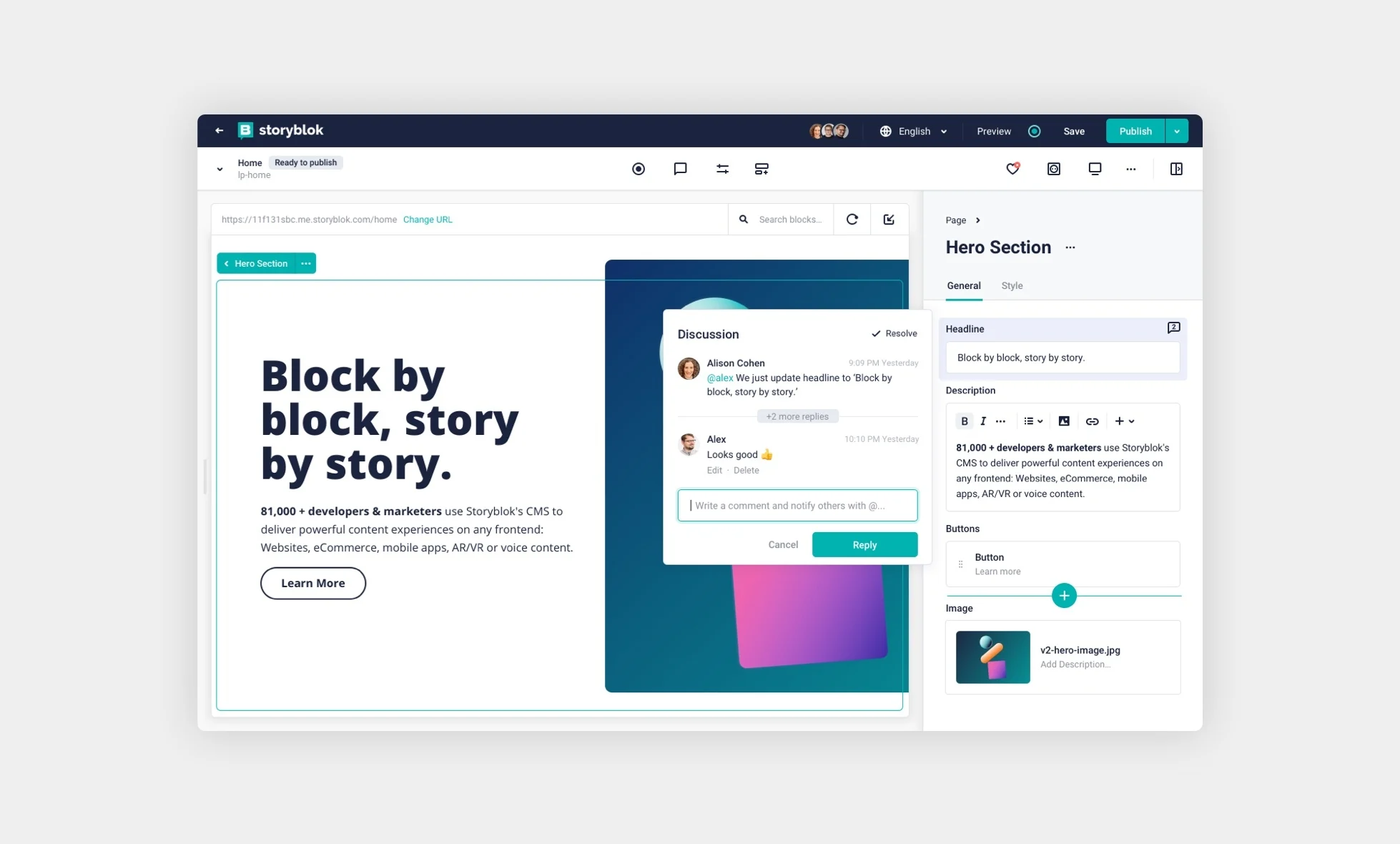

What I like best about Storyblok is its ability to handle complex content structures with ease. The intuitive interface and drag-and-drop functionality make it easy to manage and publish content quickly.
The pricing can be a bit steep for smaller businesses or freelancers.
Quickly build form to input variable and complex data.
I think Storyblok is the only CMS with WYSIWYG functionality. Content editors always need this functionality while editing/adding content. Instead of clicking on many links to view the preview. Management API & CLI to update the component without actually going into the interface. If you are looking for a SaaS Headless solution for small and medium size projects then it is one of the best in the market.
User management is not mature enough for enterprise or medium size projects. As an example, it is not possible to have roles for developers. The Developer will have access to the administration of spaces. Management API should also be improved to use space in a classical environment fashion. It should also be improved to have multiple projects in one space.
SasS headless solution for both editors and developers.
Component-based structure, ability to easily reference other entries, embeddable components within RichText and other components.
Still working through some editor experience bugs, no way currently to embed other entries in an entry, poor native table editor.
Storyblok is allowing our content and marketing teams to take control over organizing, arranging, and creating new pages with predefined components! This will help us move a lot faster.
Visually stunning for new users. Easy to grasp and work with once initial set up is complete.
Storyblok dos have some integration issues with other microservices. For example, Adplugg which we use for partnership ads is not working as designed with the embed card within a Grid in Storyblok. Confirming common microservices your customers is an effective policy. Focus on infrastructure polish (Javascript SDK + HTML5 Tags is Adplugg).
We want our administration to have full autonomy of how they use their websites without an engineer present for each department. This will be an improvement over drupal when fully on-boarded.
Flexibility in building what is currently desired.
Buggy behaviour of editor resizing, fix it please :)
It doesn't matter what kind of page you are currently building for your site, Storyblok can handle it all :)
Storyblok's flexibility in creating content types and presenting them via the API is brilliant, intuitive, and very straightforward to implement. The interface is fast - very fast, and the incredible power of components and blocks makes for a genuinely superior client editing workflow. I was able to get the data out of the API and spin up a working frontend in no time.
Migrating from another platform was outrageously simple and, in turn, an utter nightmare. Importing via CSV was super easy. Unfortunately, the documented methods for converting HTML to markdown, then markdown to rich text don't work out of the box. Although I managed to get half the process done (html to markdown), I was never able to make that final step to richtext - and with an esoteric request like this, I just wasn't able to get any support for the issue.
Storyblok provides an intuitive and fast editing experience for my clients that allows me to set constraints on the elements they can use and modify but allows them the freedom to create content as needed. It also frees me from the limitations of monolithic platforms, and provides an excellent API-first approach to front-end development.
The content model. It's simply unrivaled and what I always wished for. - Every other CMS our there still wants me to assign specific named fields for a content type instead of letting me use blocks of well-defined structure in a hierarchical way within a content item. - There are not only collections of types of content, but an actual hierarchy.
I wish there were more convenient ways to query *all* content items in a way that includes Caching. The grapthQL API - is not cached (as far as I know) - does not let me query different content types at once (when searching for fields that all of them still may have in common)
A typical corporate content thing.
Modular and quite useful once you understand it
We really like it but it takes a bit to get used to it, plus, it has required a lot of work from our dev team to make it useful
Less dependency from tech
The ease of editing copy, ability to edit and store copy in multiple langauges
The stacking/nesting of blocks and rows is tricky and not intuitive. It's very easy to delete or remove blocks on the interface and not be able to undo it.
Allowing wider team to edit images and copy instead of it needing to be engineers
It's easy to use and integrate with projects
It adds a lot of latency/load time, requires app recompiles, and is not cheap
Easily editable content
the research bar works at best for finding information!
representation of the cms structure does not match the representation of frontend
translation mistakes of text preloaded in my language
Nothing, it's been a terrible product for our business from the beginning.
It is absolutely rife with bugs. At this point the amount of development hours we've spent just trying to circumvent the bugs has cost our business countlessly.
It's supposed to help us create content in a much more seamless way with universal components. However, it doesn't seem to be able to do that.
The interface is making Storyblok easy to use despite the huge quantity of options and possibilities
Some data can sometimes be painful to retrieve via the API and needs several API calls to fetch
The ability to get data easily via the API and create and edit content in an easy way with the website interface
How easy it is for the client to understand the CSM
The invoice process to cliens. I think it can inprove a lite bit.
As a gency. storyblok credibility is very important to our customers and which customer use Storyblock. The client feel that it is a platform they are willing to take on.
For starters, its learning curve is initially gentle, allowing users to easily start implementing stuff from the very beginning. However, after using it for some time, you begin to discover the powerful features it offers, expanding the initial possibilities to a new level. I really liked the navigation approach for creating stories, the available plugins that enhance the capabilities of the system, and the ease of creating new plugins by myself. I also like the easy it is to configure different live preview environments, the webhooks functionality, the many approaches you can follow in regards to internationalisation, the flexibility on how to retrieve the content with its APIs. I've been instensly developing for customers using Storyblok for the last year, and both my experience and the feedback from my customer's have been great.
I'd love to have the possibility to define content outside the navigation tree. I don't like stuff like configurations stories to be "using" a route that could be used by the customer, potentially breaking the application. Besides that, I cannot thing of any big issue with it. Of course I'd change some little things, but in the end they are small details that are not affecting the day-to-day development with the platform.
It allows us to develop really fast based on the requirements given by the customer, making it easy for us to show results to the client in just weeks (if not days), and thanks to the live preview, it helps getting our customer feedback very soon, so we can improve our solution together.
The implementation of Storyblok is based around ATOMIC design principles which allows a component first approach and makes it easy to implement. The custom fields plugin which is part of the application allows you to build content from other APIs into the content of your page or Blok and makes it the perfect itegrations addon. Along with the Live Preview for each environment, Test, UAT or Prod, makes this the best in class!
Some more case studies and code based case studies would be great!
The seperation of the CMS is important to allow frontend developers to keep your website fresh. Storyblok is fast and very scalable!
The most helpful is the ease of use. I onboarded content managers really in minutes and mostly they needed not more support.
Some parts of the navigation is a bit different than in other apps, so it needs some learning curve, but if understood very clear.
We have several digital channels and want to create a unified content strategy for all these channels and a first step is to find a place for all contents and share them between each other.
With Storyblok, it's incredibly easy to amend content on the site, everything is organised and with a well-set up site, almost no team training is required. It's also incredibly easy to integrate all of your core applications.
I've not come across any downsides to Storyblok. I guess I wish we could integrate Bynder without having to upgrade.
Storyblok allows us to quickly and easily create content for our website and allows us as an internal marketing team to manage the whole site without having to rely on developers.
The reusability and the design system that Storyblok boasts integrates itself seamlessly into our way of working and our codebase. We've created more than one site using the same library of components and now simply seek improvements to the way that we're working with these components - and the spaces that utilise them. We use Storyblok every day as part of our work, whether it's developing a new feature or just creating a funky new page to show off the art of the possible. It's been so easy to create new content on the site that we find ourselves - even as developers - making fake content pages just to show off the work we've done and what can be acheived with it.
V2 fixed a lot of the quirks and problems that we'd previously noted. It's a much slicker experience. My least favourite part of Storyblok, however, is how the Releases app seems to be a bolt-on to the content creation process. There are still inherent bugs and quirks with getting it to slot nicely into our spaces. For our teams, it feels absolutely vital, so it'd be nice to see it get more of a focus.
It encourages the creation of reusable components that can be inserted within each other. This aligns with our development principles and ensures that we are not making everything bespoke, saving us time and also allowing the content teams to experiment more with what's available to us. That in turn leaves us with less pressure to guide them design principles.
From a developer perspective I really enjoy working with the technologies used. Libraries are available open-source and are always updated for use with various technologies. Support is quick, helpful and very engaged.
On major upgrades or launches of new libraries, documentation and source code sometimes don´t match, but that´s just a minor issue.
Providing an CMS with up-to-date APIs and technologies, supporting all our needs.




